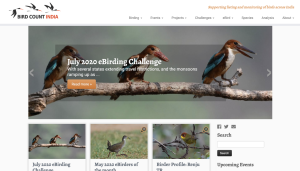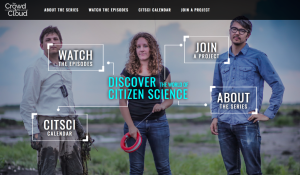|
Since its feature in the 09-15-2017 Scout Report the episodes from The Crowd & the Cloud, a four-part series exploring the triumphs and challenges of citizen science, have continued to re-air on various platforms (including PBS). At the link above, readers will find these videos, plus additional citizen science resources.
Supported by the National Science Foundation, the Crowd & the Cloud is a series of television programs, launched in April 2017, that highlight a variety of citizen science projects around the world. These documentary clips are available on the Watch the Episodes page. Scrolling to the bottom of the page, readers will find a Related Projects section with citizen science games and resources. For educators and librarians, this project also offers a variety of resources that will appeal to those who want to incorporate citizen science into their classroom, library, or community center. For example, under the Join a Project tab visitors will find the SciStarter Project Finder, which allows one to search for citizen science projects of interest by selecting the filters of Topics (e.g. Agriculture, Computers & Technology, Nature & Outdoors, Social Science), Area (e.g. Can Be Done Outdoors, Use a Smartphone or Tablet App), Activity (e.g. At Home, At School, on a Hike), and Age Group (ranging form Elementary School to Seniors). Visitors can also search for projects by keyword or location. In addition, visitors may want to check out the CitSci Calendar, which includes a timeline of the history of citizen science.
|

















